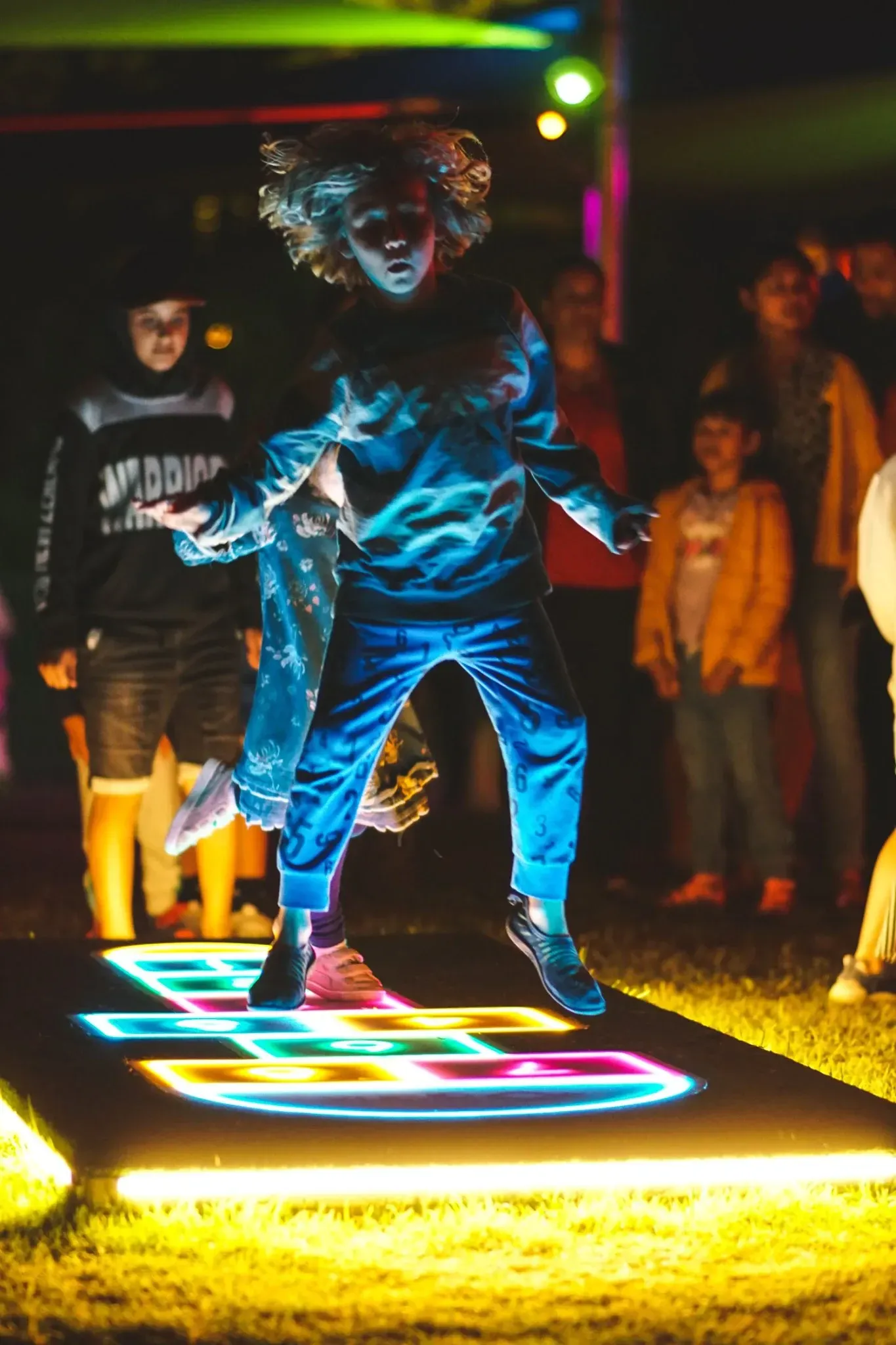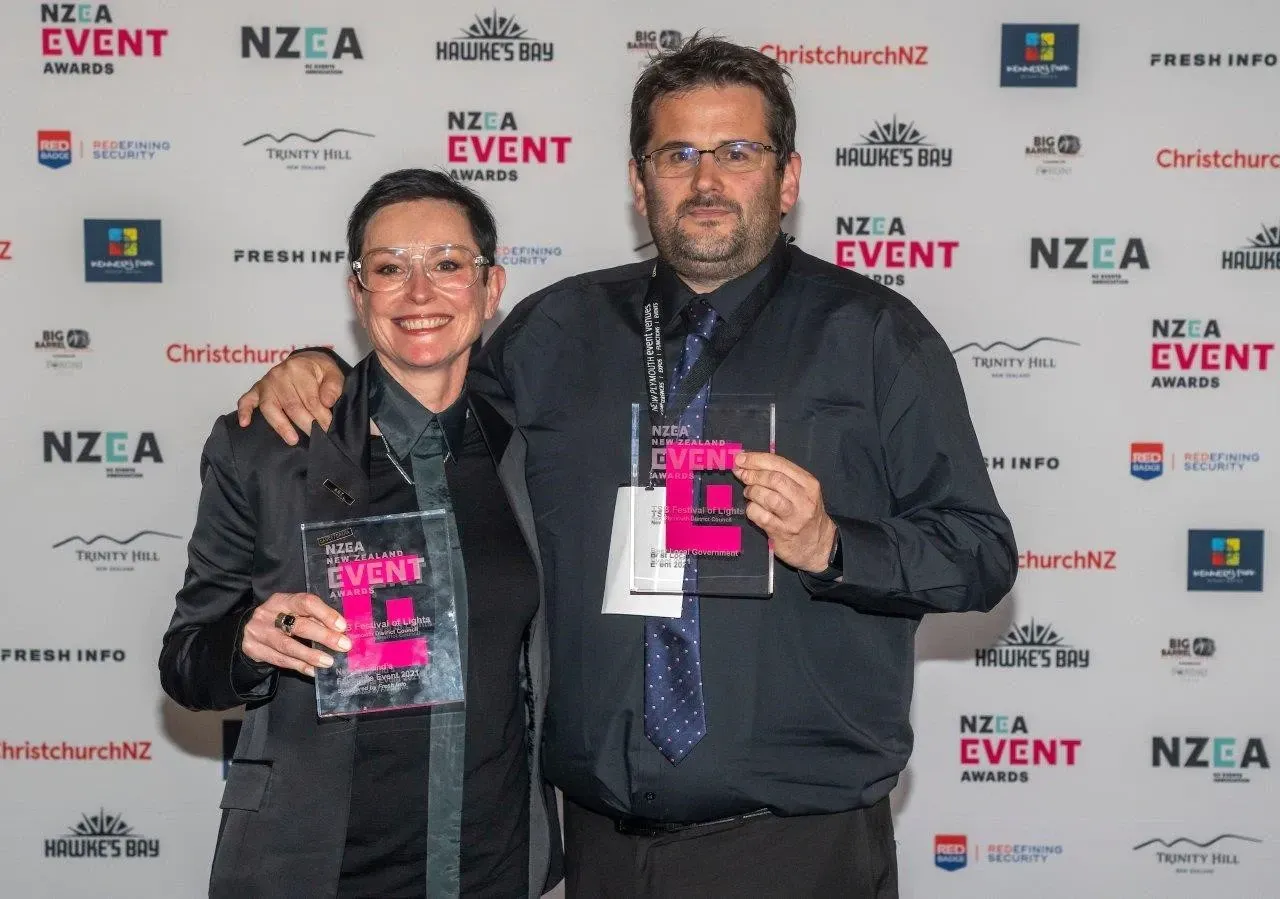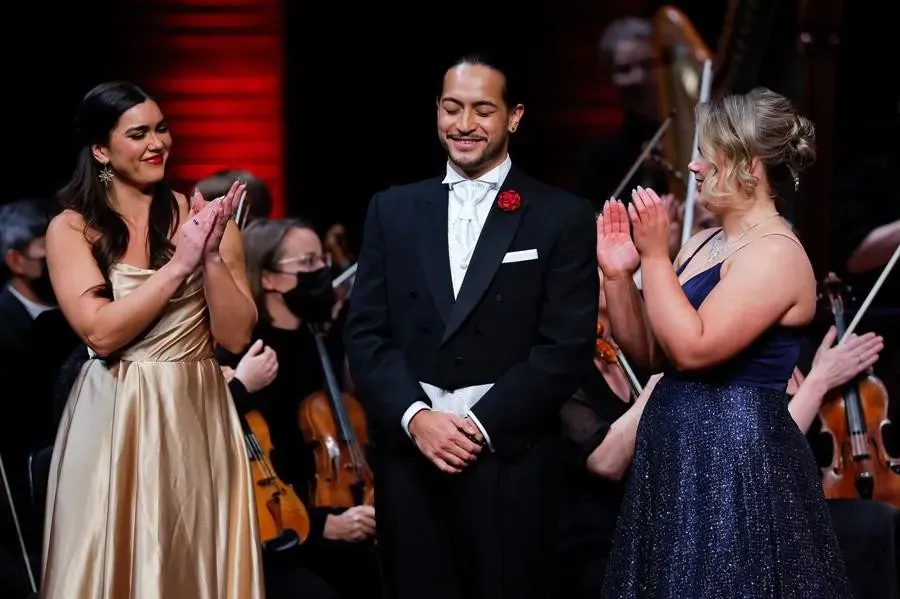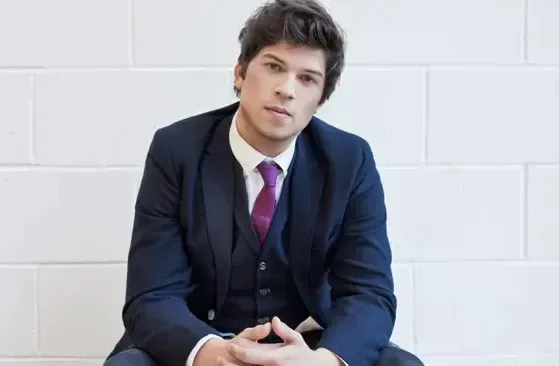Window Of $28 Million Opportunity Opens
Written by
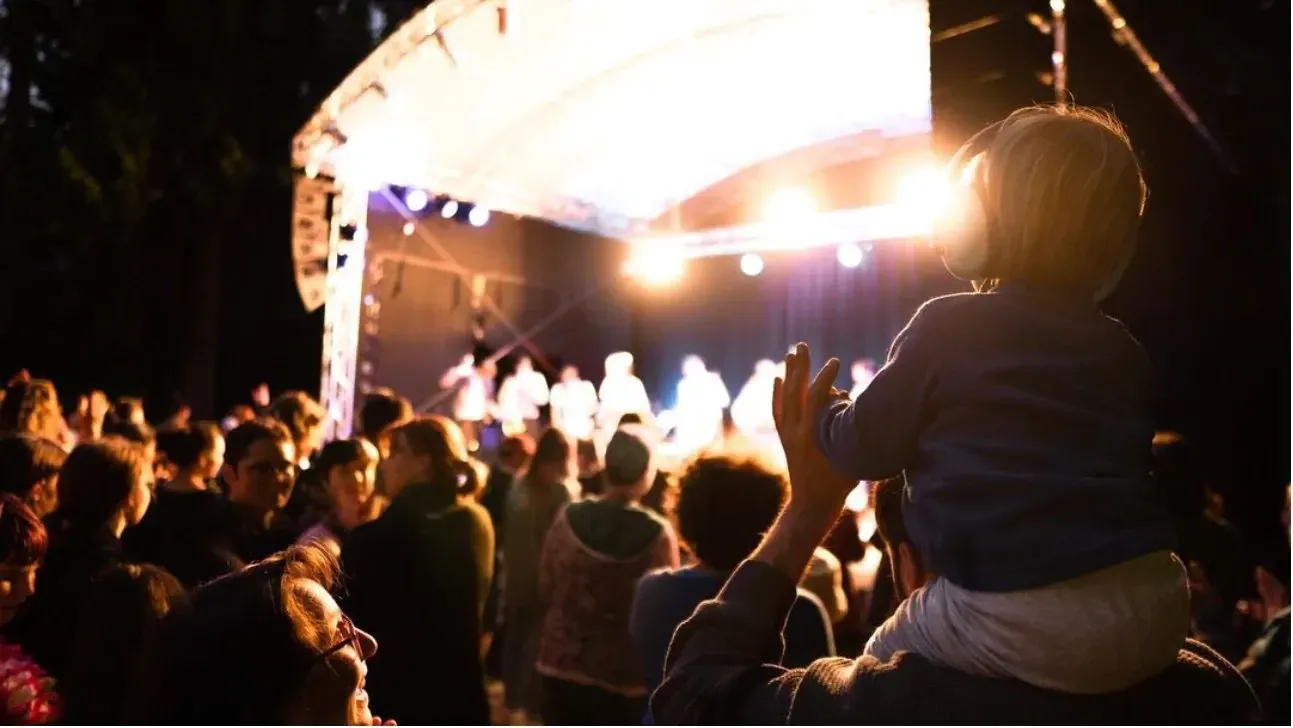
Ladies and gentlemen, start your engines.
After announcing the last of Manatū Taonga’s allotment from the Arts and Culture COVID Recovery Programme will be channelled into the $28 million Cultural Sector Regeneration Fund, the Government officially opened the Expressions of Interest window yesterday (Wednesday 27 July).
For anyone who may have missed it - The Big Idea broke down all the information and goals for the new fund when the information broke at the start of the month.
Quick recap; the $28 mil is a combination of the remaining money from several planned Ministry for Culture and Heritage (MCH) funding rounds to create “a single outcome-focused fund” - with the expressed intention of making application easier with more human interaction,with less confusion about where to apply.
The key outcomes of the fund are:
- Improve sustainability and resilience of the arts, culture and heritage sectors
- Increase employment and skill development opportunities
- Improve safeguarding of Mātauranga Māori and/or support of Toi Māori
- Improve access and participation in arts, culture and heritage sectors
- Increase the use of arts, culture and heritage as a tool to improve wellbeing
The Expressions of Interest window has just opened - but it closes again on 7 September. If you haven’t submitted one by then, you won’t be in the running for the four evaluation and decision-making rounds that run between September 2022 and June 2023.
You can tinker with your proposals during that period if you’re unsuccessful in the early rounds - feedback is provided to give you a better chance of success in the later rounds.There is the opportunity for proposals that are unsuccessful in early rounds to receive feedback, be refined, and then reconsidered in any future rounds until the final round in June 2023.
So, as from today - two important documents are open to the public to view. MCH has released its Guidance information for applicants and a Guide to the Outcomes Questionnaire.
Minister for Arts, Culture and Heritage Carmel Sepuloni has declared “we’ve designed this Fund to use remaining money from the Arts and Culture COVID Recovery Programme to support projects and initiatives that have the best chance of achieving enduring and sustainable benefits for the arts, culture and heritage sectors.
“The Fund responds to a clear message from the cultural sectors in the way we approach funding. Some of the things we’ve heard is to keep it simple, keep it human, involve the cultural sectors and respect what they know, focus on the outcomes, and work with sector collaboration.
“This is particularly important for many in the cultural sector, who collaborate to create but are confronted by competitive funding models. We want to do what we can to support collaborative relationships between artists and organisations, and the Government.
“This funding approach will push the conventional boundaries on design, decisions and transparency of cultural funding, providing genuine opportunities for people from the arts, culture and heritage sectors to directly inform decision-making, and also providing opportunities for collaboration within the sector and, potentially, with other funders.”
MCH Deputy Chief Executive Joe Fowler discussed what they’ve encountered from the sector since launching the fund three weeks ago - including feedback from creatives passed on from The Big Idea - stating there had been “a lot of interest” and that hundreds took part in their four online sessions.
“The questions raised have been wide and varied, and they have really helped us refine the guidance and information we have published about the Fund.
“We know from our engagement with the sector that there are lots of great ideas and initiatives out there. Our job, with your support, is to find and fund the initiatives that will make the biggest difference. The quality of ideas will inevitably mean that there will be strong competition for funding.
“However, we will do everything we can to prevent people wasting time on detailed paperwork. The door is also very much open for collaborative initiatives.”
As for the expressed desire to eliminate unnecessary paperwork and offer a more human approach - the proof will be in the pudding.
There is no question more avenues have been created for creative practitioners to have more direct contact with an actual person. The onus is now on the person on the other end of the phone to treat the applicants more human as well. The process of applying for such funds can be intimidating and emotionally taxing for many in the creative community - the Relationship Managers dealing with the inquiries will do well to keep that in mind.
Boxes need to be ticked but that doesn’t mean it needs to be formulaic in its approach.
Anyone interested in finding out more about the fund and the application process, there is a Regeneration Fund overview this morning (which will be recorded and NZSL interpreted so don’t panic if you’re reading this after the fact), as well as eight Q&A sessions between 29 July - 5 August. You need to be registered to attend the sessions.
More money for Mātauranga Māori
Another fund born from the pandemic recovery programme has received a top up.
The Mātauranga Māori Te Awe Kōtuku programme was set up in 2020 to help protect and preserve Māori knowledge and wisdom for generations to come - with $20 million initially injected. Two years on and an extra $4.5 million has just been announced.
Sepuloni says “this latest investment underlines the Government’s commitment to partnering with Māori to protect, showcase and prioritise mātauranga Māori across the Arts, Culture and Heritage portfolio. It is also a reflection of an increased focus to value and recognise the importance of a culturally diverse and inclusive arts sector,”
Creative New Zealand is among the agencies that has used the Government support - backing 35 initiatives led by Māori artists and practitioners to protect, cultivate and retain mātauranga Māori related to heritage ngā toi Māori.
Hāniko Te Kurapa, Creative New Zealand’s Senior Manager, Te Kaupapa o Toi Aotearoa explains the impact on the funding is makes a real difference for critically endangered artforms tārai waka (waka building) and taonga pūoro (Māori musical instruments).
“We’re thrilled to see the fruits of this significant work led by Māori artists and practitioners taking place due to Mātauranga Māori Te Awe Kōtuku investment. These collectives are building much needed Māori arts infrastructure to support current and future practitioners and ensure mātauranga is restored and healthy for future generations,”
Mārauranga Māori is also one of the key outcomes in the Regeneration Fund mentioned earlier - MCH is running an online session discussing that outcome too, on Friday 29 July, 1-1.45pm. Just like the other sessions, you need to be registered to attend.
Leadership comings and goings
We’ve spoken plenty about the stampede toward the exit from many of the creative sectors leadership roles - there’s been another big position officially vacated in the last week.
Bernadette Cavanagh’s three years as MCH’s Chief Executive and Secretary for Culture and Heritage has ended as she takes a new gig at the Ministry of Foreign Affairs and Trade. The hunt is on for her permanent replacement but experienced public servant Heather Baggott is in the Acting CE role in the interim.
Meanwhile there's already been an important role filled at CNZ - with the experience void left by 20-year staffer Cath Cardiff counterbalanced by the appointment of Gretchen La Roche as Senior Manager Arts Development. TBI has a story on CNZ's Big Hire on this appointment that broke after the Lowdown was published.
Light it up

The Festival of Light. Photo: New Plymouth District Council.
2021 may seem light years ago - but it was light in that year that’s left a lasting impression.
The New Zealand Events Association handed out it’s awards for the best of 2021 - with some large scale events like the America’s Cup soaking up the spotlight.
But the creative community got its time to shine too.
Festival of Lights - run by New Plymouth District Council - was crowned the winner of both the Best Local Government Event and the publicly voted New Zealand's Favourite Event of 2021.
Festival Manager Lisa Ekdahl told The Lowdown that the Favourite Event award is “great recognition of how much the festival has evolved over the past few years. It means a lot to our local community on many levels.
“It creates an opportunity for local artists to showcase their talent, network with other performers & experience being part of the festival with the added support of friends & family in the audience to build their confidence. It also creates a platform for lighting artists.”

Lisa Ekdahl (Festival Manager) & Fraser Ross (Lighting Curator) from NPDC receiving the NZEA Awards. Photo: Supplied.
Ekdahl continues “we did cancel the FOL 2021/22 due to COVID restrictions, but luckily many sponsors have rolled over their support for this coming season & most creatives are still programmed to perform or bring their light installations.
“We expanded with a FOL Winter Pop Up over the recent Matariki celebrations, where our audience rated us 94% (satisfied/very satisfied). Our aim is to grow this event year on year in collaboration with local hapu Ngati Te Whiti.”
Creative Capital Arts Trust celebrated the Best Community or Not-for-Profit Event gong for CupaDupa, and Rhythm and Vines was named Best Music Event.
Baker's billion
Another big event on the horizon in the sporting landscape is the Commonwealth Games. We can expect plenty of success from New Zealanders - and that will start tomorrow morning (Friday).
But not from one of our athletes.

Christchurch born, raised and trained dancer turned choreographer Corey Baker (pictured above) is at the heart of the lavish Opening Ceremony, directing the choreography and movement. It’s a challenging role, linking with renowned director Danny Boyle to bring the three hour spectacle to Birmingham.
With a global audience of around a billion people expected - it’s a big deal.
He told Kea New Zealand “it’s massive and pretty daunting, but what’s really crazy is that you do all of this work,
“I’ve been working on this for more than a year, and then you have one show, that’s it. It’s all over. Normally you choreograph a show and it’s performed multiple times- this is a single show.”
Hitting the high notes
Some important awards and acknowledgements have been made in the music industry in the last week.

Filipe Manu (pictured above) has been recognised for his astonishing vocal efforts, winning the Lexus Song Quest in his third attempt.
The talented tenor headed off a gifted field of Aotearoa singers to stand tall at Wellington’s Michael Fowler Centre, claiming the $20,000 cash prize, a study scholarship of $27,000 as well as up to $3000 of international travel.
The Pacific Music Awards aren’t until next month, but they’ve already announced one worthy recipient.
Iconic Samoan singer-songwriter Fa'anana Jerome Grey will be honoured with the Lifetime Achievement award as recognition of a much-admired career.
Grey’s iconic song We Are Samoa led him to the far corners of the globe, including performing in front of US President Jimmy Carter and Congress in 1980.
And Dr Cristohper Ramos Flores has been awarded the first CNZ/New Zealand School of Music—Te Kōkī (NZSM) Sonic Artist residency.
Ramos Flores is combining two elements of his life for the residency - his doctorate in music composition and his day job as a delivery agent for NZ Post.
“I am very happy to have three months at Toi Pōneke to work on a collection of works called Little Portals. This collection will tell the history of postal mail in New Zealand through its letterboxes.
“The work I will do seeks to rescue the value and history of these little portals and the postal service itself, which is rapidly changing and struggling through the new times.”
